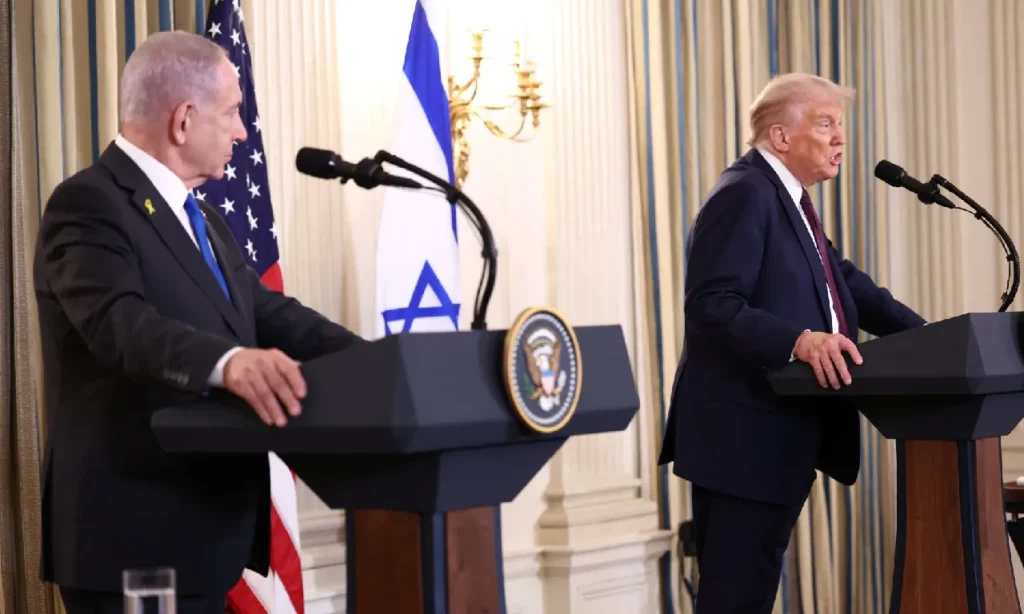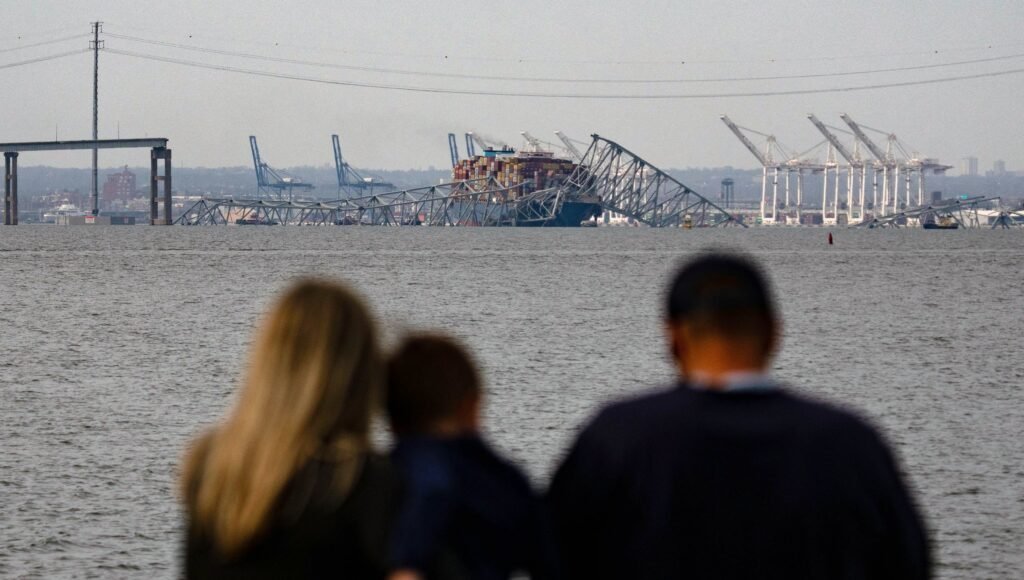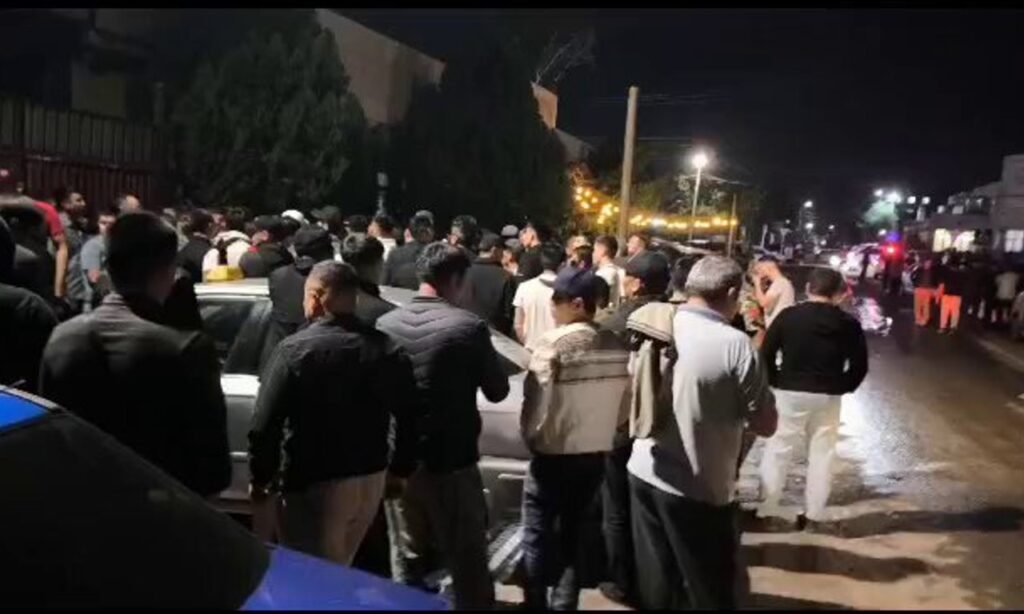The latest proposal to end the Gaza conflict has been introduced by Donald Trump and Benjamin Netanyahu under the banner “Breaking Down Trump and Netanyahu’s 20-Point Gaza Peace Plan.” This initiative aims to end the ongoing war, secure the release of hostages, dismantle militant control, and create a pathway for reconstruction and long-term peace in the region. While it has gained attention worldwide, the plan also raises debates over feasibility, acceptance, and human rights concerns.
The Ceasefire and Hostage Agreement
One of the most urgent aspects of the plan focuses on ending hostilities. The proposal calls for an immediate ceasefire once Israel and Hamas formally accept the terms. Within 72 hours of Israel’s public acceptance, Hamas would be required to release all hostages—both alive and deceased. This step is seen as the cornerstone of trust-building and a signal to end the cycle of violence.
The plan also outlines a large-scale prisoner exchange. Following the hostages’ release, Israel would free Palestinian detainees, including women, minors, and those sentenced to life imprisonment. This is presented as a reciprocal measure to balance humanitarian concerns on both sides.
Disarming Hamas and Removing Its Rule
A major point of the plan is the complete removal of Hamas from power in Gaza. According to Trump and Netanyahu, the Gaza Strip must be fully “deradicalized” to prevent future attacks. This means dismantling military infrastructure, halting arms supplies, and ending Hamas’s political dominance.
Critics argue that Hamas is unlikely to willingly surrender authority, making this one of the toughest components of the plan to implement. However, proponents claim that without removing Hamas, any reconstruction or peace agreement will remain fragile.
Transitional Governance and Oversight
To fill the power vacuum, the plan introduces the idea of a temporary technocratic administration. This body would include Palestinian experts who are unaffiliated with militant groups, as well as international advisors.
Oversight would be managed by a new international body known as the “Board of Peace,” chaired by Donald Trump himself, with figures such as Tony Blair suggested as participants. This committee would supervise governance, disarmament, and aid distribution until stable local leadership emerges.
Reconstruction and Humanitarian Efforts
The 20-point framework dedicates significant focus to rebuilding Gaza. It promises a massive reconstruction program covering critical sectors such as water, electricity, healthcare, schools, and sewage systems. Clearing rubble and removing unexploded bombs are also listed as immediate priorities.
Humanitarian aid would be allowed to flow into Gaza without restrictions, ensuring that civilians receive food, medical supplies, and shelter. According to the plan, reconstruction is vital not only for survival but also for creating a climate where extremism cannot thrive.
Freedom of Movement and Relocation Concerns
Earlier versions of Trump’s proposals suggested relocation of Gaza’s residents to neighboring countries, a point that generated widespread criticism. In the current plan, however, the wording has shifted. It states that no one will be forced to leave Gaza, and those who wish to depart temporarily would be free to return later.
This attempt at clarification has not silenced critics, who argue that voluntary relocation during times of war often turns into permanent displacement. Nevertheless, the plan emphasizes that residents will retain the right to stay in Gaza.
Security Guarantees and Israel’s Role
Israel’s leadership has repeatedly affirmed that the country does not intend to annex Gaza. Instead, Israel will maintain limited security oversight until the situation stabilizes. This may include border monitoring and counter-terrorism operations to ensure that disarmament commitments are honored.
The plan underscores that long-term peace depends on security guarantees for both Israelis and Palestinians. By preventing Gaza from serving as a launchpad for attacks, it claims the region could eventually move toward normal economic and political relations.
Key Points of the 20-Point Peace Plan
- Immediate ceasefire once terms are accepted.
- Hostages released within 72 hours.
- Palestinian prisoners freed after hostage return.
- Hamas removed from political and military control.
- Temporary technocratic government installed.
- International oversight by the Board of Peace.
- Comprehensive reconstruction of Gaza’s infrastructure.
- Unrestricted humanitarian aid delivery.
- Voluntary movement allowed, but no forced displacement.
- No annexation of Gaza by Israel.
Global Reactions and Challenges
While Israel’s Prime Minister Netanyahu has voiced support, Hamas has not accepted the plan. Neighboring Arab countries and international human rights organizations remain cautious. Many critics highlight the difficulty of enforcing Hamas’s removal, while others fear the transitional governance might lack legitimacy among Palestinians.
Still, the proposal has created momentum by placing the conversation back on peace, hostages, and rebuilding Gaza. Analysts argue that even partial implementation could ease humanitarian suffering, though achieving full compliance may require unprecedented international cooperation.
Conclusion
The Trump-Netanyahu initiative represents one of the most detailed attempts in recent years to end the conflict in Gaza. By linking ceasefire, hostage release, reconstruction, and governance reform, the plan presents both opportunities and risks. The coming months will show whether the different sides are willing to compromise for long-term peace.
In short, the world continues to watch closely as leaders work on Breaking Down Trump and Netanyahu’s 20-Point Gaza Peace Plan.




